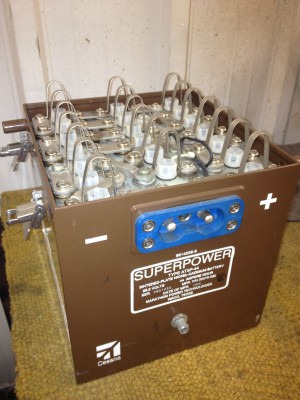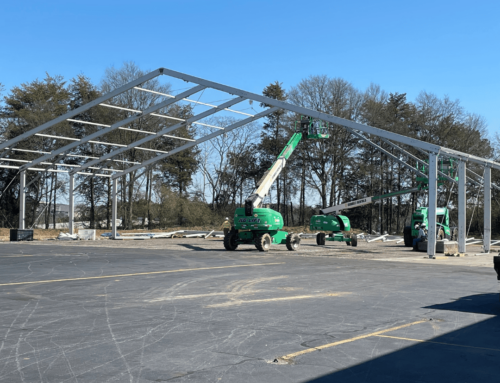 The Lithium Battery has become very popular in the last few years and can be found in many everyday items. They are used to power cell phones, laptop & tablet computers, and many other portable electronic devices (PED’s). They are amazing for their light weight, small size and the ability to store large quantities of electrical power. This amazing technology is not without it’s faults, however.
The Lithium Battery has become very popular in the last few years and can be found in many everyday items. They are used to power cell phones, laptop & tablet computers, and many other portable electronic devices (PED’s). They are amazing for their light weight, small size and the ability to store large quantities of electrical power. This amazing technology is not without it’s faults, however.
In a recent report, the FAA identified over 130 battery incidents, most involving Lithium Battery overheats or fires, aboard aircraft. Due to their high demand, Lithium Batteries are shipped in large quantities all over the world, often as freight aboard aircraft.
The recent battery fires and incidents aboard the new Boeing 787 Airliner seem to be directly related to an unfortunate fault of the Lithium Battery technology – thermal runaway and fire. Prior to the Boeing 797 incidents, most of these incidents occurred in cargo shipments within the cargo hold of the aircraft or inside the cabin carried onboard by passengers in their PED’s. As a part of it’s revolutionary design, the Boeing 787 uses Lithium Batteries as a primary and secondary power supplies. The entire fleet of 787’s have now been grounded pending a solution to this battery problem.
There are a number of issues that may contribute to a Lithium Battery fire. Battery damage of some sort seems to be the most common problem. This damage can occur when a shipping package or PED is dropped or a charging device malfunctions. A high heat environment may contribute significantly to the problem. Essentially, the chemical reaction inside the battery that produces the power becomes very hot creating its own heat and then a fire.
The techniques for fighting a Lithium Battery fire are a little different that most would think. Water, or some other non-flammable liquid is one of the best ways to suppress these types of fires. A Halon extinguisher, followed by CO2 and then wet foam would be to next best choices.
It is very important to cool the battery as soon as possible. Removing the charging cord quickly is important, as well. Covering the device or putting ice on it may actually make the problem worse by insulating the battery, allowing it to become hotter.
The smaller PED batteries can burn and spew molten lithium for a minute or more and the larger Lithium Batteries could burn for much longer.
None of our Special Services Aircraft utilize Lithium Battery technology as a main or standby power system. We do, however, carry these batteries onboard contained in our PED’s and paperless cockpit systems.
Steve Wiley
Vice President Aviation Accounts






Leave A Comment